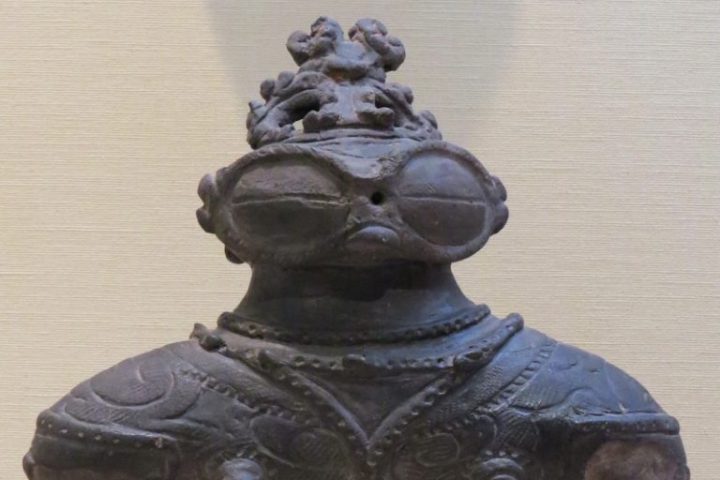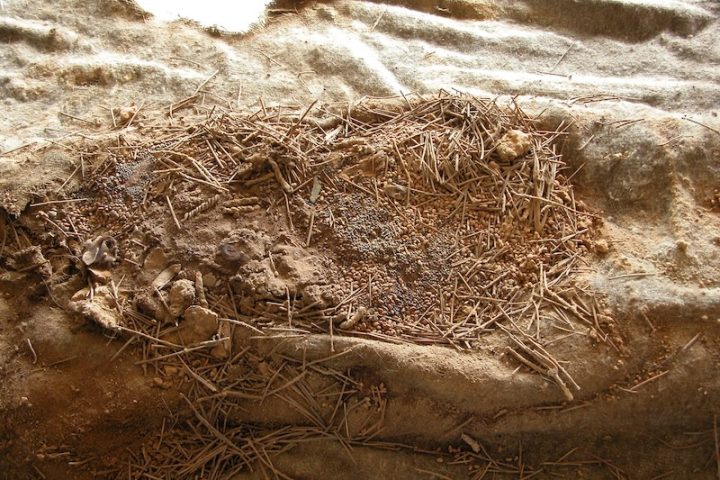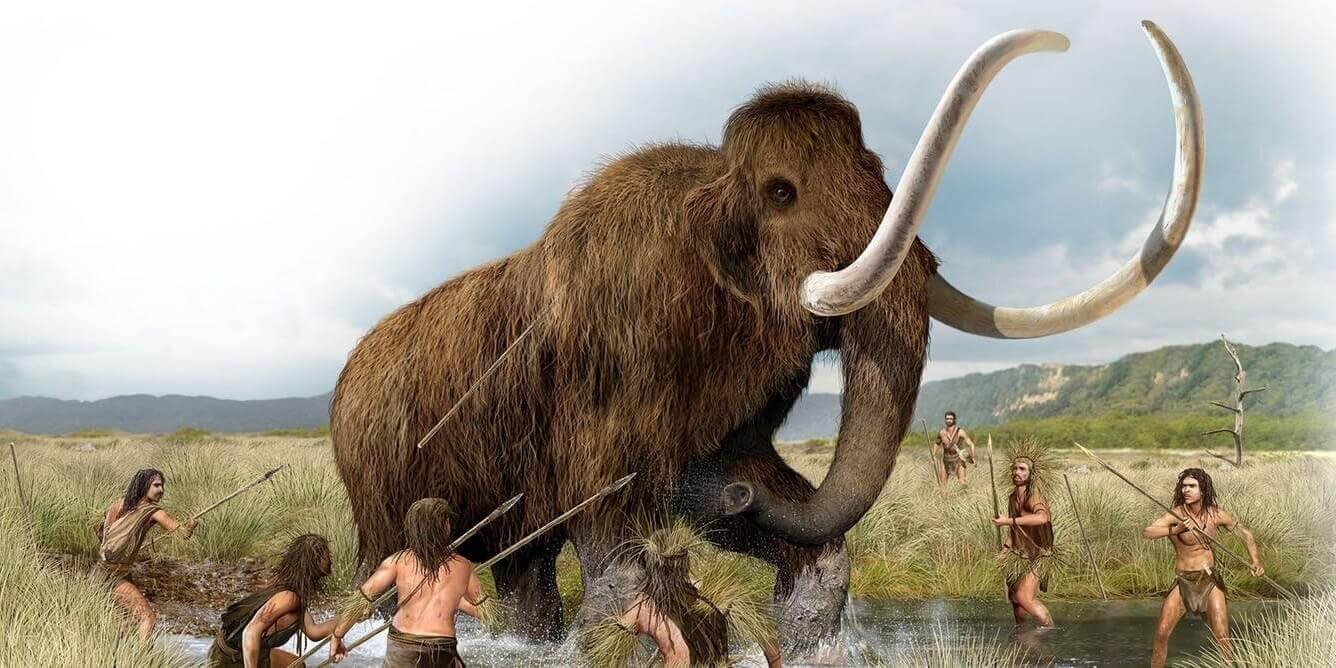Today, there is a language that we know and understand clearly. All the features that make us different from each other are due to DNA, or “deoxyribonucleic acid”.

The DNA that makes us who we are acts like a blueprint or recipe that tells your body how you should look and how you should function. By now you may have heard of James Watson and Francis Crick, the discoverers of the DNA double helix.
But this discovery would not have been possible without Rosalind Franklin, nicknamed the “Dark Queen” by her male colleagues. It was a photograph taken by biophysicist and crystallographer Rosalind Franklin that determined the structure and appearance of the DNA molecule.
Who is the Rosalind Franklin?
Born in London in 1920, Rosalind Franklin attended one of the few schools that taught physics and chemistry to girls at the time. She was a student who asked a lot of questions and was especially successful in math lessons. At the age of 15, she decided to become a scientist. Although her father opposed her, she persisted and entered the chemistry department of Cambridge University in 1938.

After graduating, he joined the British Coal Utilization Research Association.
Research Institute) started to work. At that time, the Second World War was in full swing. Coal was used in the gas masks used in the war. Meanwhile, in order to improve gas masks, Franklin began researching why some types of coal were more resistant to gas and water than others.
He used x-ray crystallography to study irregular carbon crystals. This method uses X-rays to study the structure of crystals. X-rays reflect off the regular arrangement of atoms and the patterns they create are recorded on film. An equation is then derived that shows the structure of the crystal.
In 1951, Rosalind Franklin’s work led her to join the biophysics department at King’s College London as a research fellow. Her colleagues there were beginning to make interesting observations about the structure of DNA. With her experience in X-ray technologies, Franklin hoped that as a team they could solve the DNA puzzle.
But the process did not work out as Rosalind Franklin had imagined. Unfortunately, her male colleagues were not going to take to her easily.
The nickname The Dark Lady was first used by Franklin’s biographer Brenda Maddox. She wanted to draw attention to the fact that Franklin had to live in the shadow of men.
Discovery of the Molecular Structure of DNA
Despite the tense atmosphere in the lab, Rosalind Franklin worked hard. With her PhD student Raymond Gosling, they began taking high-resolution photographs of DNA strands. Maurice and his two friends, Francis Crick and James Watson, had been trying to unravel the molecular structure of DNA for years. But it was Rosalind who succeeded. The greatest fruit of the work was the 1952 “Photograph 51”, which provided important insights into the structure of DNA. The large dark regions at the top and bottom of the image below represent the DNA bases, while the X-shape shows us the helix.

But Maurice took this photo without Rosalind’s permission and showed it to Watson and Crick. The last piece of the puzzle they had been trying to solve for years had fallen into place. The trio published their findings with their research and won the Nobel Prize in 1962. Tragically, Rosalind had died of ovarian cancer four years earlier, at the age of 37, before seeing the results of her research. As we know today from her notes, she understood all the important points of the photograph, and had she not succumbed to cancer at the age of 37, she would have reached the same conclusions that Watson and Crick did.




